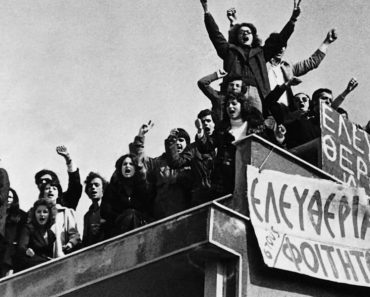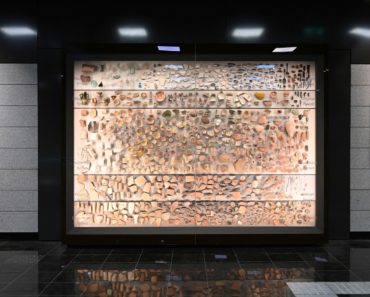During the Greco-Italian War of World War II, the capital of Northern Epirus in Southern Albania, Argyrokastro (Αργυρόκαστρο, Albanian: Gjirokastër), is once again liberated by the Greek Army on December 8, 1940.
Given the city’s Greek population and history, Greece liberated it from the Ottoman Empire during the First Balkan War of 1912–1913.
However, it was awarded to the newly established Albania under the terms of the Treaty of London of 1913 and the Protocol of Florence of 17 December 1913.

This turn of events proved highly unpopular with the local Greek population, and their representatives under Georgios Christakis-Zografos formed the Panepirotic Assembly in Argyrokastro in protest.
The Assembly, short of incorporation with Greece, demanded either local autonomy or an international occupation by forces of the Great Powers for the districts of Argyrokastro, Agioi Saranda (Άγιοι Σαράντα, Albanian: Sarandë), and Korytsa (Κορυτσά, Albanian: Korçë).
In April 1939, Argyrokastro was occupied by Mussolini’s Fascist Italy following its invasion of Albania.
On December 8, 1940, during the Greco-Italian War, the Hellenic Army entered the city. It stayed for five months before capitulating to Nazi Germany in April 1941 and returning the town to Italian command.
After the capitulation of Italy in the Armistice of Cassibile in September 1943, the city was taken by German forces.
The city was eventually given to Albania again in 1944, despite the municipality once having an Albanian minority rooted in Greek history and twice liberated by the Greek Army from foreign forces.
READ MORE: The 10 reasons why Epirus must not be skipped on your next Greek vacation







